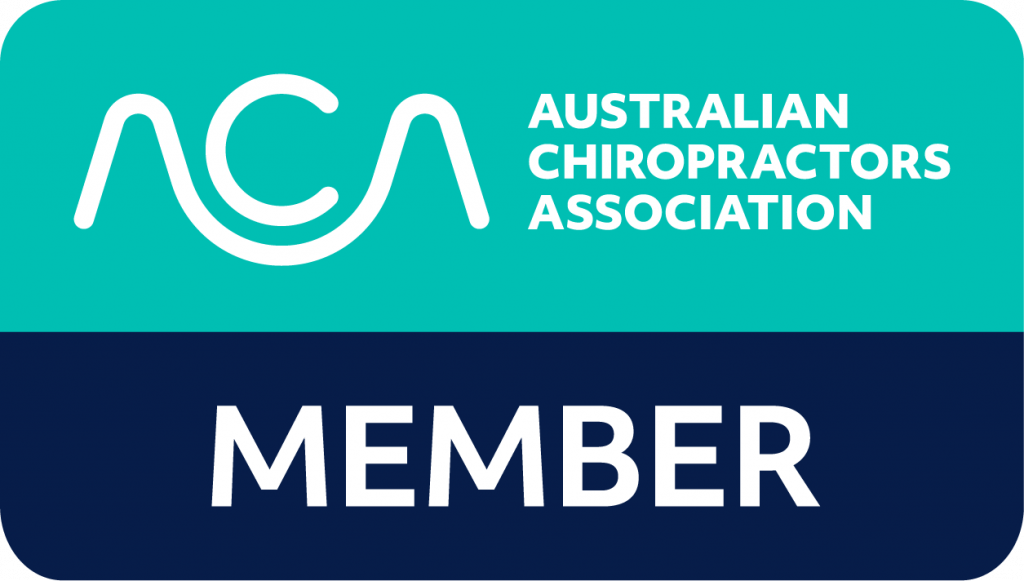Blog
Causes And Treatments For Vertigo

Most people tend to think of vertigo as a condition that only people of advanced age suffer from, but such is not the case at all. Young people can also suffer from this life-altering, persistent dizziness that makes it seem like the world is spinning round and round all the time.
Often, this sensation is accompanied by the feeling of fullness in the ear, hearing loss, nausea, vomiting and tinnitus; however, the manifestation of these other symptoms is due to the specific cause of the condition.
Main Causes of Vertigo
There are three main causes of vertigo: BPPV, Ménière’s disease, and vestibular neuritis.
- BPPV or benign paroxysmal positional vertigo (BPPV), which more women than men suffer from, is believed to be the result of a “disturbance in the otoliths. Otoliths are structures in the inner ear that pull on sensory hair cells during movement and stimulate the vestibular nerve to send positional information to the brain. When they get disturbed, the usual movement of the endolymph fluid continues after head movement has stopped, thus creating that awful dizzy spell. BPPV can happen after sustaining a head injury, going through ear surgery, and when there’s been decreased blood flow in a particular area of the brain.
- Ménière’s disease is another cause of vertigo and this condition arises due to an inflammation preceded by a bacterial or viral infection, and as a result of an immunity or metabolic disorder.
- Vestibular neuritis is believed to be due to inflammation of the vestibular nerve, and it can be a paroxysmal, single attack of vertigo, a series of attacks, or a persistent condition that diminishes over three to six weeks.
Treatments
Now when it comes to treatments, there are several to choose from. At times, they are combined to yield the best results but some are particularly effective on their own. Among the treatments recommended for vertigo, the following are some of the most familiar and deemed most effective:
- Epley manoeuvre is the cure for BPPV and it was created and developed by Dr. John M. Epley. It’s very effective, though it may need repeating for some patients. What happens when this manoeuvre is carried out is that calculated head movements (performed by the doctor or another trained professional) loosen and disperse the particles blamed for stimulating balance receptors and vertigo. Quite similar to Epley is the Semont manoeuvre.
- Brandt-Daroff exercises help the body get used to the confusing signals causing the vertigo. They are effective in reducing the discomfort of BPPV vertigo but not as effective as the Epley or Semont manoeuvre.
- Vestibular rehabilitation therapy (VRT) for Ménière’s disease and vestibular neuritis. This is an exercise-based treatment for inner ear deficits by promoting central nervous system compensation. Ménière’s disease cannot be cured, though, but VRT can definitely make life more manageable. Meanwhile, the symptoms of vestibular neuronitis go away on their own, but with VRT, recovery can become a much quicker process.

